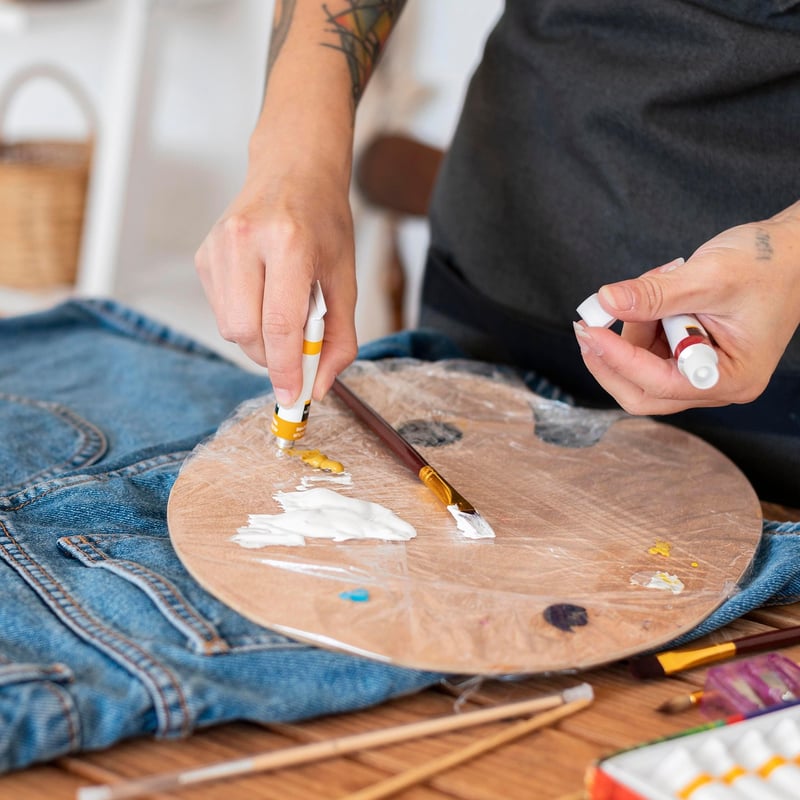Contemporary
Exploring Expressive Movement Forms for Creativity in Contemporary Dance

Contemporary dance is a dynamic and expressive art form that allows for creativity and innovation through movement. Dancers often explore various expressive movement forms to push boundaries, evoke emotions, and convey powerful messages. In this article, we delve into some of the key expressive movement forms that are commonly used in contemporary dance to inspire creativity and artistic expression.
1. Improvisation
Improvisation plays a significant role in contemporary dance, offering dancers the freedom to explore movements spontaneously. It allows for authentic expression, creativity, and the discovery of unique movement patterns. Through improvisation, dancers can tap into their emotions, instincts, and imagination to create raw and unfiltered choreography.
2. Release Technique
The release technique focuses on letting go of tension in the body to achieve fluidity and freedom in movement. Dancers work on releasing muscular tension, connecting breath with movement, and exploring a sense of weight and gravity. This form encourages dancers to move from a place of relaxation and openness, fostering creativity and exploration.
3. Contact Improvisation
Contact improvisation involves exploring movement in relation to another body, emphasizing touch, weight-sharing, and spontaneous interaction. Dancers engage in a physical dialogue, responding to each other's movements in real-time. This form fosters trust, communication, and the exploration of physical boundaries, resulting in dynamic and collaborative choreographic creations.
4. Gaga Movement Language
Developed by Ohad Naharin, the Gaga movement language focuses on sensations, textures, and qualities of movement. Dancers explore a wide range of physical sensations and states, allowing for a deep connection to their bodies and emotions. Gaga encourages dancers to move beyond their habitual patterns, embracing vulnerability, and unlocking new avenues for creative expression.
5. Floorwork
Floorwork in contemporary dance involves exploring movement on the floor, utilizing gravity, momentum, and spatial awareness. Dancers engage with the ground, allowing for fluid transitions, intricate patterns, and dynamic shapes. Floorwork challenges dancers to expand their movement vocabulary, offering a unique perspective and creative possibilities.
By incorporating these expressive movement forms into their practice, contemporary dancers can enhance their creativity, deepen their artistic expression, and push the boundaries of traditional dance. Embracing these diverse forms allows dancers to explore new avenues of movement, emotion, and storytelling, enriching their choreographic repertoire and artistic vision.
Whether you are a seasoned dancer or a newcomer to the world of contemporary dance, experimenting with these expressive movement forms can ignite your creativity, inspire innovation, and elevate your dance practice to new heights.

Let your body become the canvas for creativity, and let the movement speak volumes through the language of contemporary dance.
